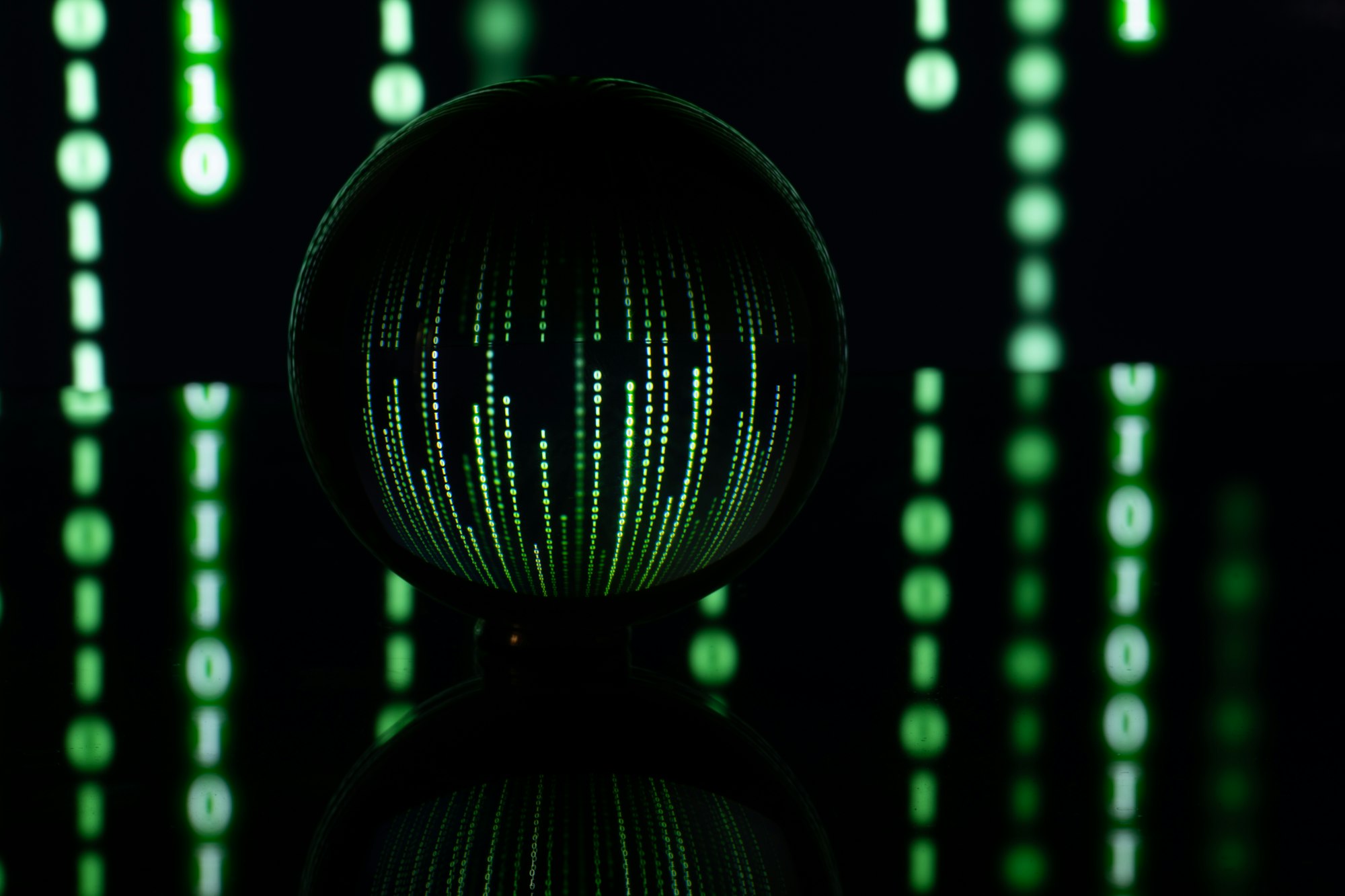The Trouble with Fake Videos: Why We Should Worry
When Sci-Fi Gets Real About Mind Dangers
So, there’s this thing called cognitohazards, which are basically dangers that come from seeing or hearing certain stuff that can mess with your brain. This idea sounds like it’s straight out of a sci-fi book like “Snow Crash” by Neal Stephenson, where there’s a computer virus that can hurt people’s brains just by looking at it. Although it sounds like fiction, the idea is pretty serious when we think about all the fake and harmful content online today.

The Problem with Spotting Fake Images
With so much stuff online, telling apart what’s real and what’s made by AI, like deepfakes, is getting tougher. Deepfakes are those really convincing fake videos and images made with AI. The big worry is not just about spotting these fakes but understanding how they can mess with people’s heads and change what they think is true or not.
How Fake Stuff Messes With Us
Why Just Saying “It’s Fake” Isn’t Enough
Right now, some folks are trying to fight fake images by marking them or trying to make sure you know they’re fake. But the problem is, even if we know something’s fake, if it looks real enough, it can still mess with our feelings or make us believe things that aren’t true. This shows how our brains can be tricked pretty easily.
Scary Stories vs. Real Worries
The line between make-believe scares and real anxieties gets fuzzy with AI stuff like deepfakes. It makes us question what can really scare or harm us, not just from old horror tales but from the creepy or unsettling stuff we might come across online today.
How Our Minds Get Hijacked
The Fight for Your Attention
In today’s world, everything online is fighting to grab and keep your attention. This isn’t just annoying; it’s a way to mess with your head, making you keep staring at your screen. It’s like the content online is not just trying to get you to watch more but also changing how you think and act.
When Simple Fun Becomes a Trap
Even things that seem harmless, like simple games or watching domino videos that make you go “just one more,” are part of how the internet keeps you hooked. These might not seem like a big deal, but they show how easily our time and attention can be sucked into stuff that doesn’t really matter, making us waste hours and hurting our brains in the process.
Let’s dive into the weird world of AI-made content, including those super fake deepfakes and the whole concept of cognitohazards. We’ll explore how hard it is to tell what’s real from what’s not and the sneaky ways this digital trickery can mess with our heads and our beliefs, all in the name of keeping us glued to our screens.

FAQ: Navigating the Maze of AI-Generated Content and Mind Traps
1. What are cognitohazards?
Cognitohazards refer to information or sensory inputs that can have a harmful effect on a person’s mind just by being perceived. This concept, while popularized in science fiction, is increasingly relevant in discussing the impacts of certain AI-generated content and deepfakes on our psychological well-being.
2. Why are deepfakes a big deal?
Deepfakes are a big deal because they’re highly convincing fake videos or images created with AI technology. They blur the line between reality and fabrication, potentially leading to misinformation, manipulation of public opinion, and even harm to individuals’ reputations and mental health.
3. Can knowing something is fake still affect me?
Yes, even if you’re aware that a piece of content is fake, it can still influence your beliefs, emotions, and behavior. The realistic nature of some AI-generated content, like deepfakes, can trigger a psychological response, making it a concern for our cognitive health.
4. How does the digital age exploit our attention?
The digital age exploits our attention through the design of technologies and content aimed at capturing and retaining our engagement. This manipulation often leads to compulsive behaviors, as digital platforms use psychological tricks to keep us scrolling, watching, and clicking more than we intend to.
5. What can be done to protect ourselves from the negative impacts of AI-generated content?
Protecting yourself involves staying informed about the nature and capabilities of AI-generated content, using critical thinking when consuming digital media, and utilizing tools and settings designed to limit exposure to potentially harmful content. It’s also important to support and advocate for regulations and technological solutions that address the spread and impact of deepfakes and similar content.
Sources The Guardian


